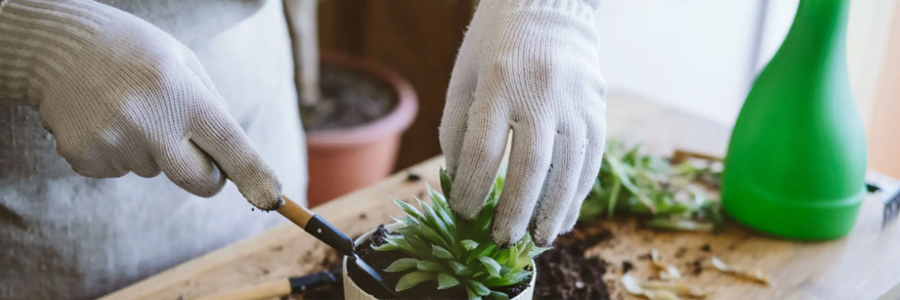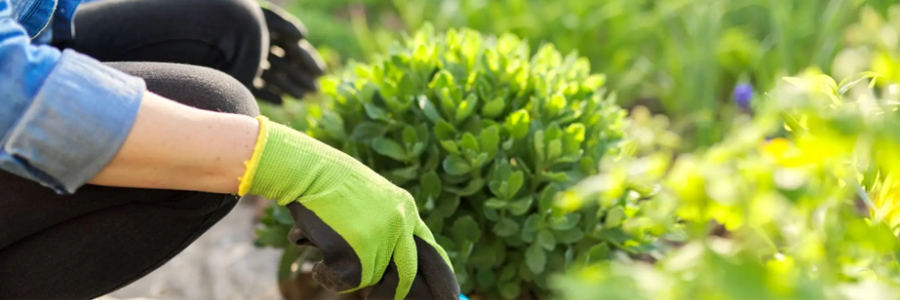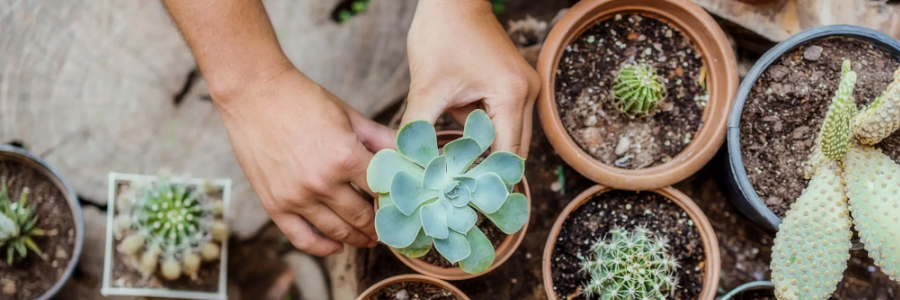How to Plant Succulents
Succulents have gained immense popularity in recent years, not only for their unique and often exotic appearance but also for their relatively low – maintenance nature. Here is a comprehensive guide on how to plant succulents to ensure they thrive in your care.

Selecting the Right Soil
The foundation for healthy succulent growth is the right soil. Succulents prefer well – drained soil, as they are prone to root rot if their roots sit in water for too long. A commercial cactus and succulent mix is an excellent starting point. These mixes typically contain a blend of sand, perlite, and a small amount of organic matter like peat moss. If you want to make your own soil, a good ratio is about 50 – 70% inorganic materials (such as sand and perlite) and 30 – 50% organic matter. The inorganic components help with drainage, while the organic matter provides some nutrients.
Choosing the Appropriate Pot
The pot you choose for your succulent also plays a crucial role. It should have drainage holes at the bottom to allow excess water to escape. Terracotta pots are a popular choice as they are porous, which helps with air circulation around the roots and further aids in drainage. However, plastic or ceramic pots can also be used, as long as they have proper drainage. When selecting the size of the pot, choose one that is slightly larger than the root ball of the succulent. This gives the roots room to grow without having too much extra space that could hold excess moisture.

Planting Process
1.Preparing the Succulent: Gently remove the succulent from its original container. If the roots are tightly bound, you can carefully loosen them with your fingers or a small tool. This will encourage the roots to spread out into the new soil.
2.Filling the Pot: Place a small piece of mesh or a coffee filter over the drainage holes to prevent the soil from washing out. Then, fill the pot about one – third to half full with the succulent soil mix.
3.Positioning the Succulent: Place the succulent in the center of the pot and continue adding soil around it, gently pressing the soil down to secure the plant in place. Make sure the base of the plant is level with the rim of the pot or slightly below it.
4.Watering After Planting: Give the newly planted succulent a light watering. This helps to settle the soil around the roots. However, avoid over – watering at this stage, as the roots are still adjusting to their new environment.
Providing Adequate Light
Succulents generally thrive in bright light. Most species need at least 4 – 6 hours of direct sunlight per day. Place your succulents near a south – facing or west – facing window if growing indoors. If you don’t have a sunny window, you can also use artificial grow lights. However, be cautious as some succulents can get sunburned if suddenly exposed to intense sunlight. If moving your succulent from a low – light area to a sunnier spot, do it gradually over a few days to acclimatize the plant.
Managing Temperature
Succulents are adapted to a wide range of temperatures, but they generally prefer warm to hot conditions. Most succulents can tolerate temperatures between 60°F (15°C) and 80°F (27°C) during the day. At night, they can handle slightly cooler temperatures, down to around 50°F (10°C). However, different species have different tolerances. Some desert – dwelling succulents can withstand very high temperatures during the day and cooler nights, while others may be more sensitive to extreme heat or cold. During winter, if you are growing succulents outdoors, protect them from frost by moving them indoors or covering them with a frost – cloth.
Watering Your Succulents
Watering is one of the most critical aspects of succulent care. Succulents store water in their leaves, stems, and roots, so they don’t need to be watered as frequently as other plants. A general rule of thumb is to water when the soil is completely dry. Insert your finger about an inch or two into the soil; if it feels dry, it’s time to water. When watering, give the plant a thorough soak until water drains out of the bottom of the pot. Then, allow the soil to dry out completely before watering again. During the dormant season (which varies depending on the species, but is often winter for many succulents), reduce watering frequency even further.
Fertilizing Succulents
Succulents don’t require a lot of fertilizer. In fact, over – fertilizing can harm them. A balanced, slow – release fertilizer formulated for cacti and succulents can be applied once or twice a year during the growing season (spring and summer). Dilute the fertilizer to half or a quarter of the recommended strength on the package. This provides the necessary nutrients like nitrogen, phosphorus, and potassium without overloading the plant.

